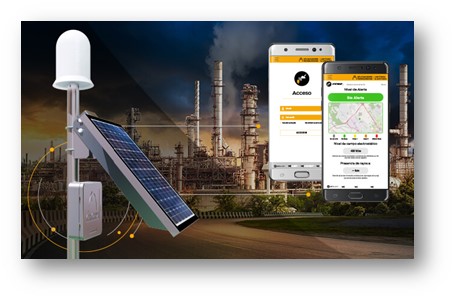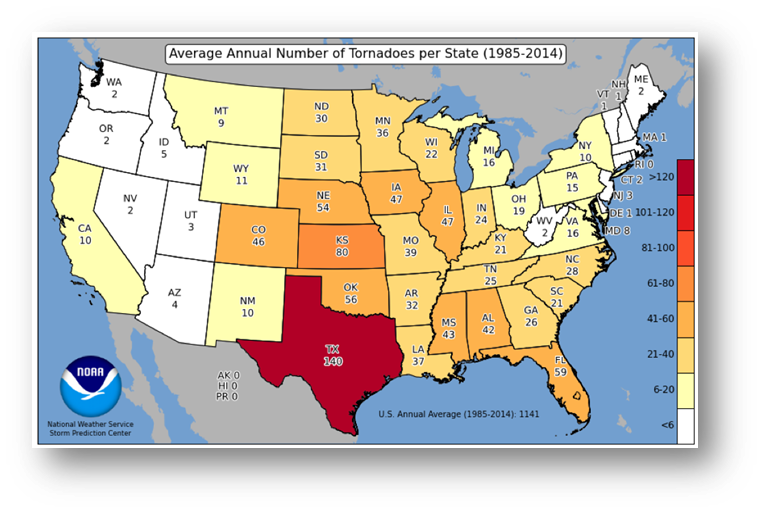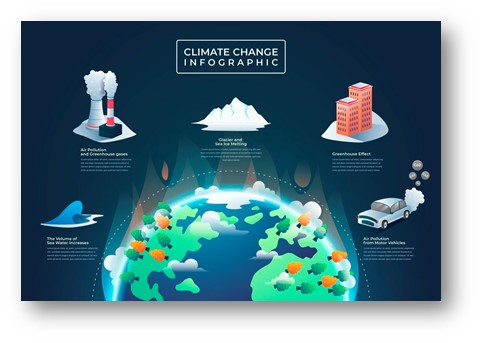Impact of climate change on the frequency and severity of tornadoes and storms

Impact of climate change on the frequency and severity of tornadoes and storms
by vivienne 03:38pm Jan 13, 2025

The relationship between climate change and the frequency and severity of tornadoes and storms is a complex and evolving area of research. While scientists have strong evidence that climate change is affecting weather patterns, the specific impacts on phenomena like tornadoes and severe storms are still being studied.
Here’s what current research indicates:
1. Tornadoes: Changing Patterns and Intensities
Frequency and Distribution: The total number of tornadoes in the U.S. each year hasn’t shown a clear trend. However, the geographical distribution of tornadoes appears to be shifting. In recent years, a region known as "Dixie Alley" (in the Southeast U.S.) has seen an increase in tornado activity, potentially outpacing the traditional "Tornado Alley" (the Great Plains). This shift may be linked to changing climate conditions that alter atmospheric dynamics.

Tornado Outbreaks: There's growing evidence that tornado outbreaks (events with multiple tornadoes) are becoming more frequent and intense. Scientists have noted that these outbreaks are clustering into fewer days with more tornadoes per outbreak, suggesting that while we may not see more tornado days overall, the days with tornadoes could be more severe.
Contributing Factors: Tornado formation depends on atmospheric instability, wind shear, and moisture levels. Warming temperatures increase atmospheric moisture, which could fuel more powerful storms. However, how these changes influence wind shear is less clear, making it difficult to predict how climate change will impact tornado frequency and severity over the long term.
2. Severe Thunderstorms: Intensity and Frequency
 Increased Storm Intensity: Rising global temperatures lead to more evaporation, putting more moisture into the atmosphere. This increase in atmospheric moisture can intensify thunderstorms, resulting in more hail, lightning, and damaging winds. These severe storms are more likely to produce extreme precipitation, which can cause flooding.
Increased Storm Intensity: Rising global temperatures lead to more evaporation, putting more moisture into the atmosphere. This increase in atmospheric moisture can intensify thunderstorms, resulting in more hail, lightning, and damaging winds. These severe storms are more likely to produce extreme precipitation, which can cause flooding.Shifting Storm Seasons: Climate change may also affect the seasonality of severe storms, with research suggesting that the storm season is expanding, starting earlier in spring and extending later into fall.
Warmer Sea Surface Temperatures: Tropical storms and hurricanes, which can transform into severe inland storms, are influenced by warmer sea surface temperatures. Warmer oceans provide more energy for storm formation, potentially leading to more intense hurricanes that can spawn tornadoes as they move inland.
3. Extreme Weather Events and Climate Change Link
More Frequent Extremes: Research indicates that the frequency of extreme weather events (like supercell thunderstorms and intense windstorms) is increasing due to climate change. Warmer temperatures increase the potential for more energetic atmospheric conditions, which could result in more violent storms.
The Role of Climate Variability: Natural climate variations, such as El Niño and La Niña, can influence the frequency of severe storms. However, as the climate warms, these natural patterns could be disrupted, potentially leading to even more erratic storm behavior.

4. Challenges in Attribution

Scientific Complexity: Unlike hurricanes and heatwaves, linking climate change directly to tornado frequency is more complex because tornadoes are small-scale phenomena. The data is often limited, and there are challenges in measuring tornado occurrences consistently over time.
Confounding Factors: Improved storm detection technology (like Doppler radar and storm chasers) and increased public awareness mean that we are now better at detecting tornadoes than we were decades ago. This can make it seem like there are more tornadoes when, in fact, detection rates have just improved.
5. Future Predictions and Risks
Model Projections: While climate models are good at predicting temperature and precipitation changes on a global scale, predicting localized phenomena like tornadoes is much harder. Still, some models suggest that as the planet continues to warm, we might see more intense thunderstorms and increased potential for severe weather.
Increased Human Vulnerability: As the climate changes, so too will the regions most at risk. Urban sprawl and population growth in areas prone to tornadoes and severe storms could lead to greater economic and human losses.
Conclusion
Climate change is altering weather patterns, which may contribute to changes in the frequency, distribution, and intensity of tornadoes and severe storms. While it's difficult to pinpoint exact changes in tornado frequency due to the complexity of atmospheric interactions, the broader trend toward more extreme weather events is clear. More research and refined climate models are needed to better understand these links and to prepare for future risks.
Ultimately, the increasing frequency of extreme storms highlights the urgent need for better adaptation strategies, including improved infrastructure, early warning systems, and community preparedness to reduce the impacts of severe weather in a warming world.






